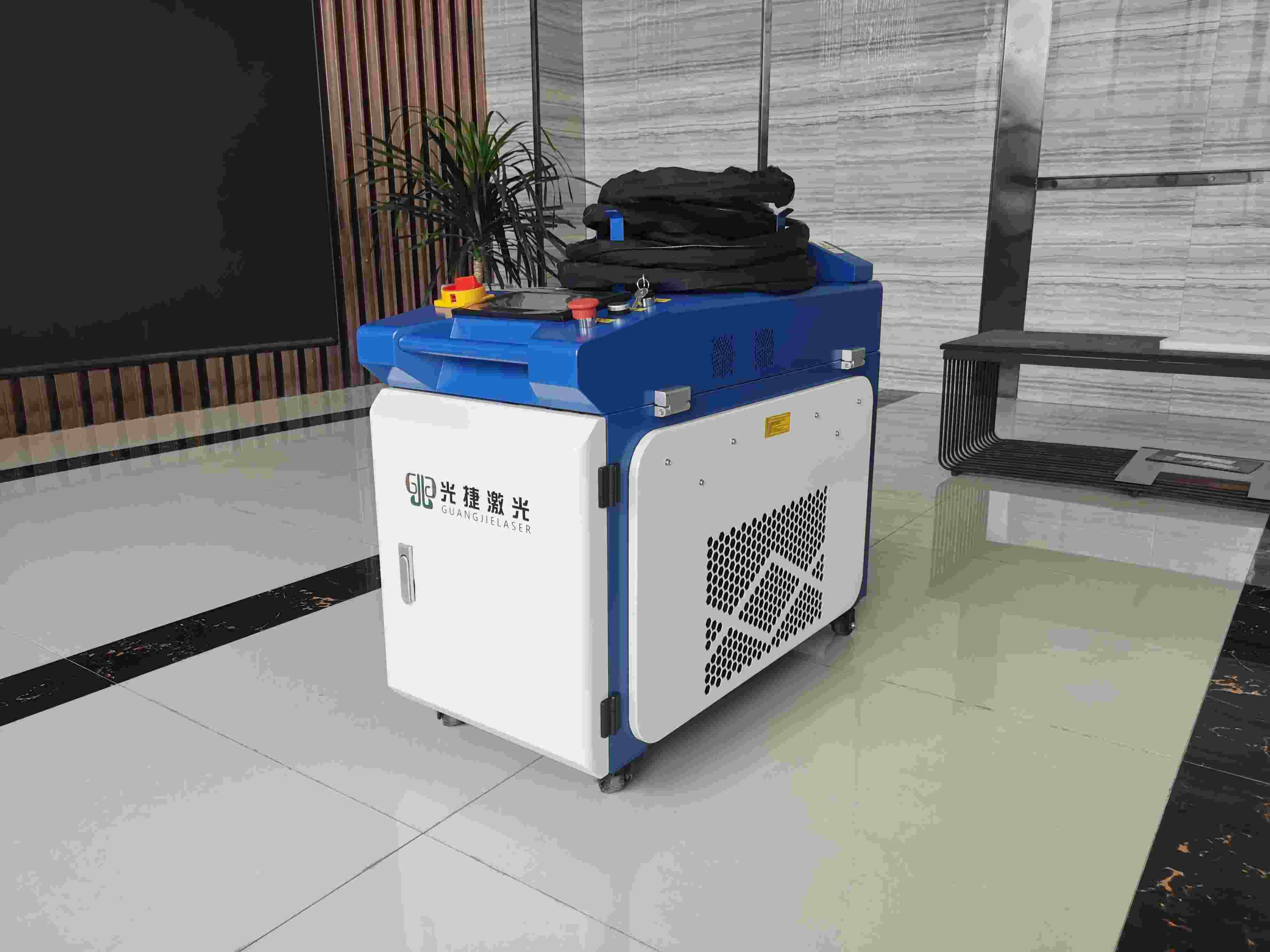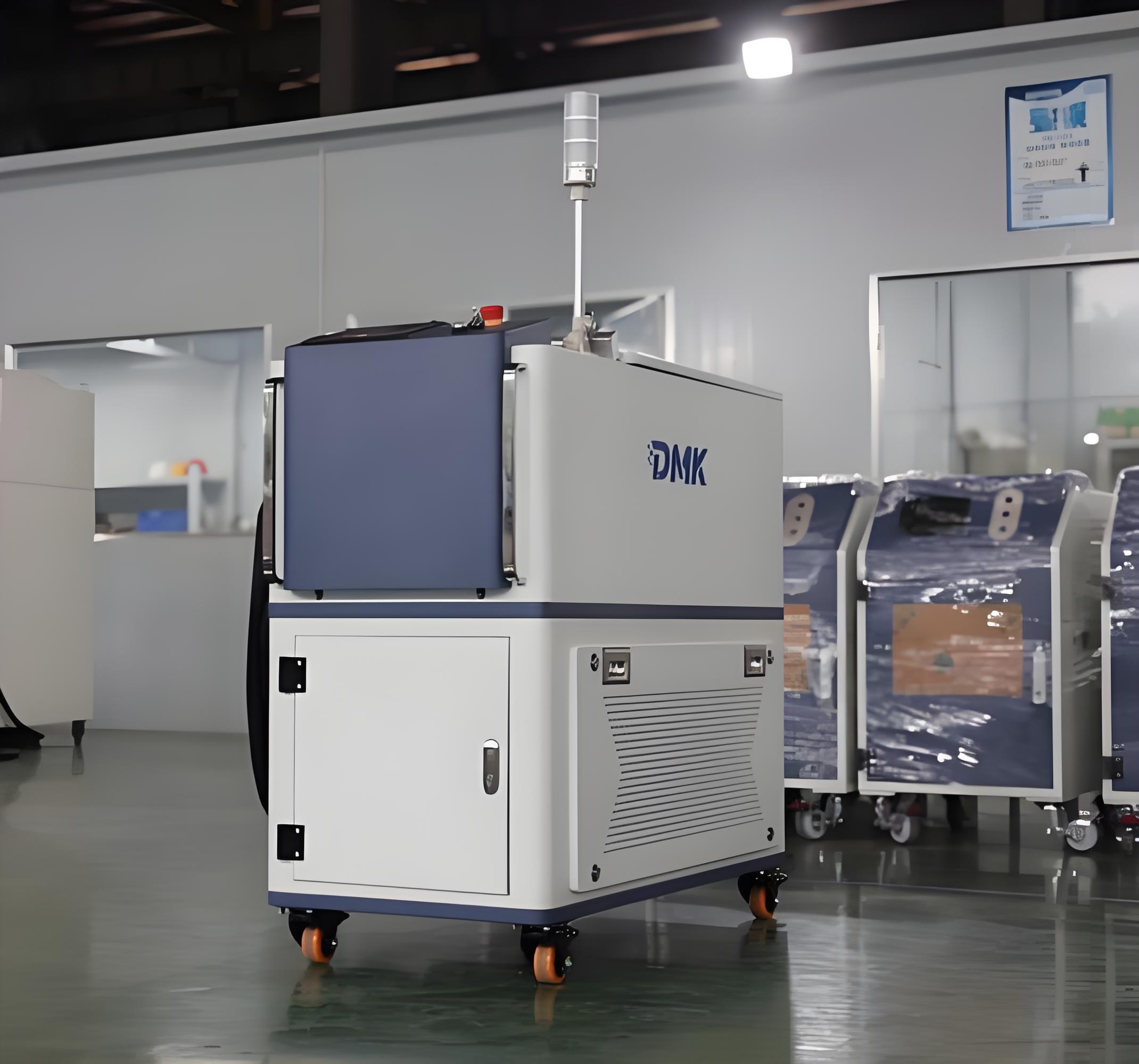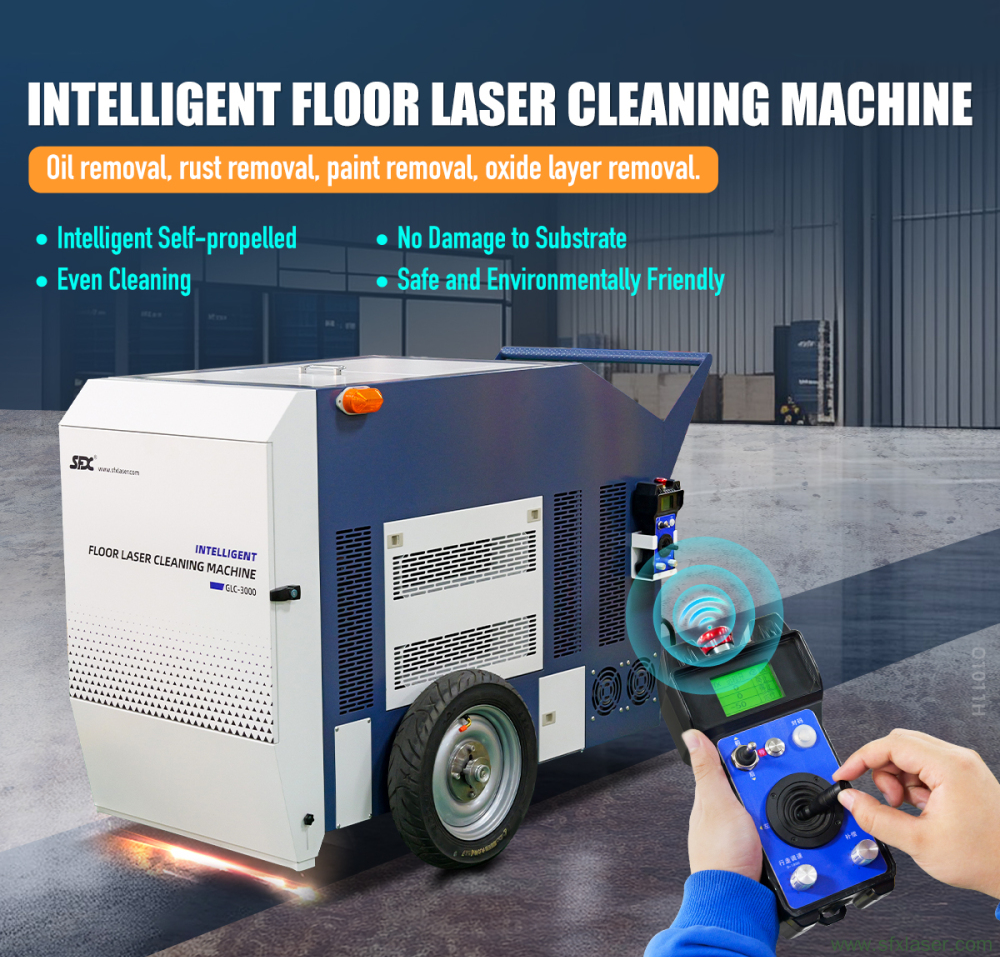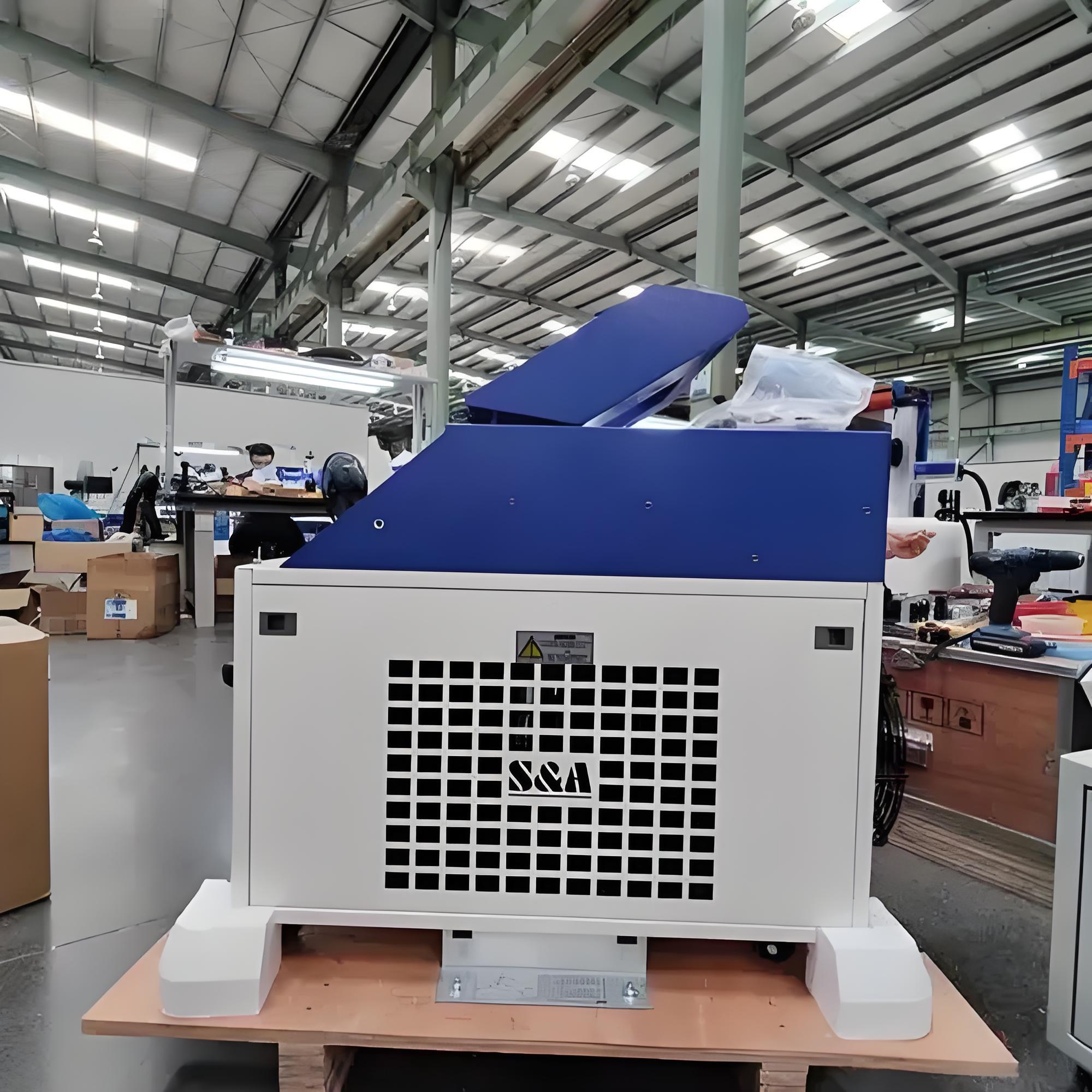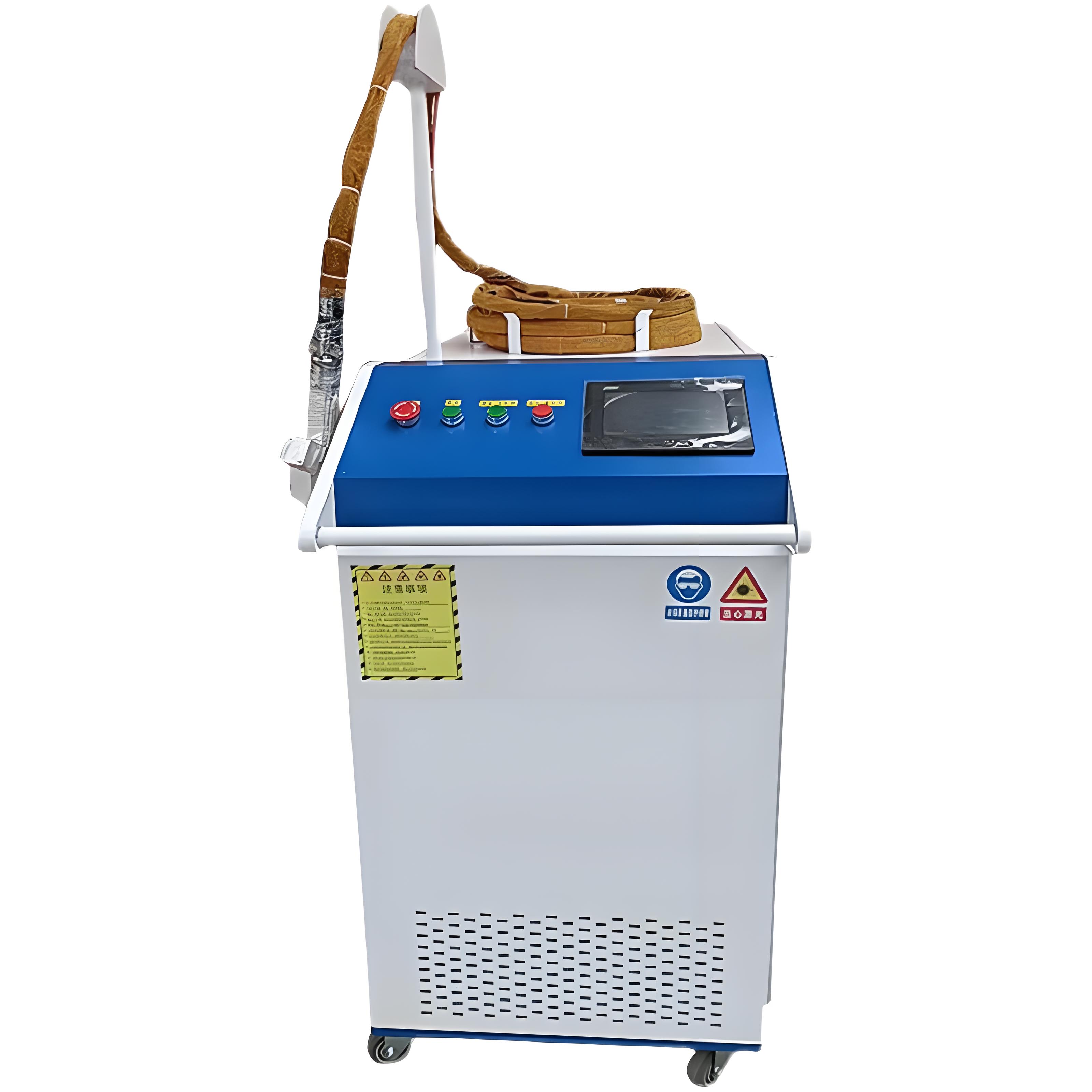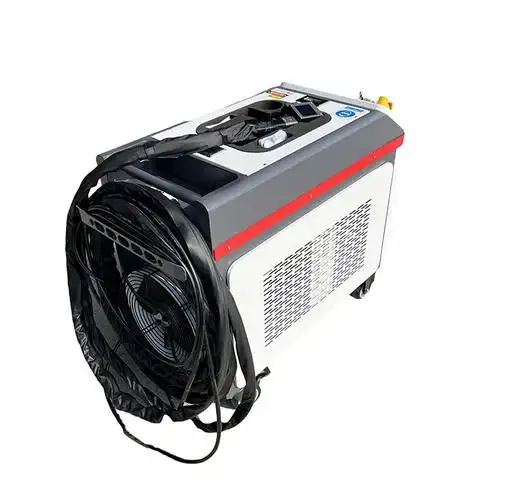Having spent over a decade in the industrial cleaning and maintenance sector, I’ve worked with countless tools and technologies, but few have impressed me as much as laser rust removal machines. These devices are a revolution for anyone dealing with rusted metal, whether in automotive restoration, manufacturing, or even historical preservation. If you’re wondering how long one of these machines can run continuously—a question I’ve heard from clients ranging from small shop owners to large factory managers—you’re likely trying to figure out if it’s practical for your workload. Let’s dive into the nuts and bolts of this technology, explore its operational limits, and share some practical insights from my years in the field to help you make sense of it all.
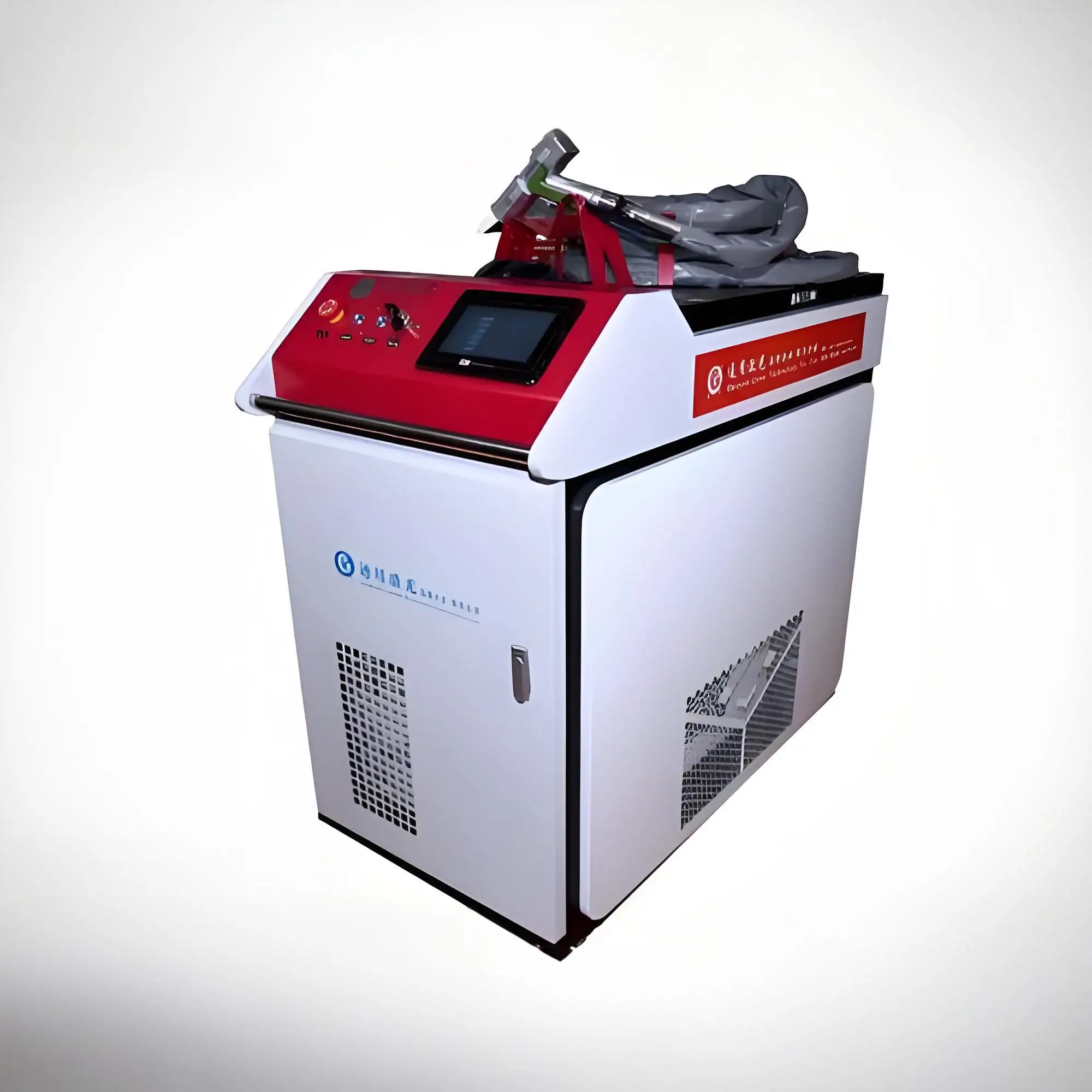
Understanding Laser Rust Removal
Before we get to the question of continuous operation, let’s set the stage. A laser rust removal machine uses a high-powered laser beam to vaporize rust, paint, or other contaminants from metal surfaces. Unlike traditional methods like sandblasting or chemical treatments, it’s non-contact, precise, and environmentally friendly—no harsh chemicals or abrasive materials needed. The laser targets the rust’s ablation threshold, heating it to the point of evaporation while leaving the underlying metal intact. This process, known as laser ablation, is why these machines are so effective for industries like automotive, aerospace, and even art restoration.
In my experience, the appeal of laser rust removal lies in its efficiency and cleanliness. I’ve seen a 1000W laser cleaner strip rust from a car chassis in minutes, a job that would’ve taken hours with a wire brush. But when you’re running a busy shop or production line, you need to know: can this machine keep up with your demands? How long can it run without breaking a sweat? Let’s break it down.
Factors Affecting Continuous Operation
The ability of a laser rust removal machine to operate continuously depends on several key factors. Over the years, I’ve learned that not all machines are created equal, and their performance hinges on design, usage, and maintenance. Here’s what determines how long they can run:
1. Laser Type: Pulsed vs. Continuous Wave (CW)
There are two main types of laser rust removal machines: pulsed and continuous wave (CW). Each behaves differently when it comes to continuous operation.
Pulsed Lasers: These deliver energy in short, high-intensity bursts, which are ideal for precision tasks like cleaning delicate surfaces or historical artifacts. Because the energy is released intermittently, pulsed lasers generate less heat buildup in both the machine and the workpiece. I’ve seen pulsed lasers, like KEYENCE’s 3-Axis hybrid models, run for hours at a time in controlled settings, especially when paired with proper cooling systems. However, they’re often limited by duty cycles to prevent overheating of internal components.
Continuous Wave (CW) Lasers: These emit a steady beam, making them faster for heavy-duty rust removal on thick steel or large surfaces. CW lasers, like the 2000W models from Triumph, are built for high-throughput tasks but produce more heat. In my experience, CW lasers can operate continuously for 4-8 hours in a single session, but they rely heavily on robust cooling systems to avoid thermal stress.
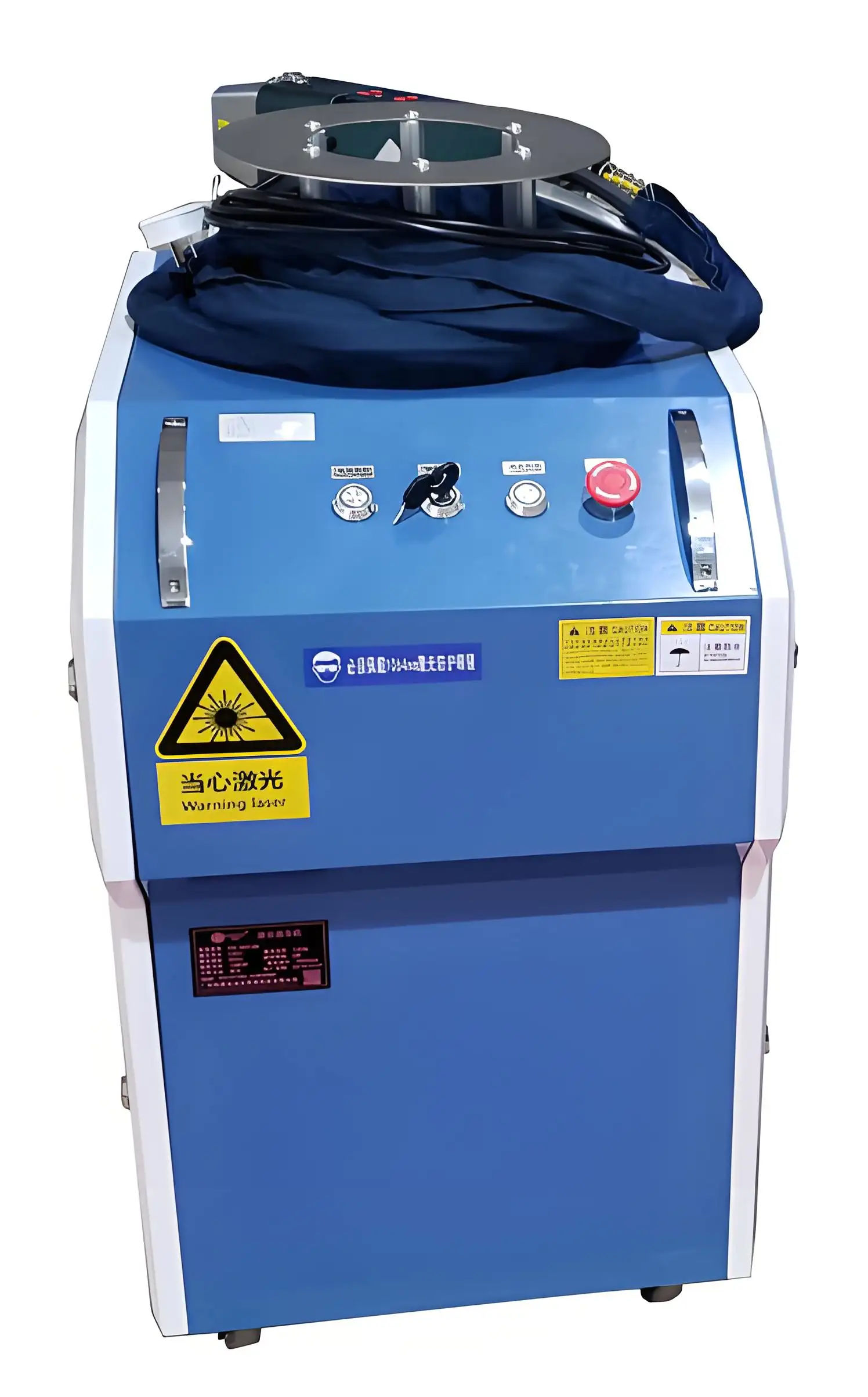
2. Cooling System Design
The cooling system is the unsung hero of any laser rust removal machine. High-powered lasers generate significant heat, not just in the beam but also in the machine’s internal components like the laser source and optics. Most commercial machines use either air-cooling or water-cooling systems.
Air-Cooled Systems: Common in portable or lower-power units (20-100W), these are compact and easy to move. I’ve used air-cooled systems like those from Laserax for smaller jobs, and they can typically run for 2-4 hours before needing a break to cool down. They’re great for intermittent use but less suited for non-stop operation.
Water-Cooled Systems: Found in high-power models (1000W and above), water-cooling systems, often with built-in chillers, allow for much longer runtimes. For example, a 2000W CW laser with an independent chiller, like the one I tested from Amazon’s 6AM LIFE LLC, can run all day (8-12 hours) in a well-ventilated environment, provided you maintain the cooling system properly.
In one factory I consulted for, a water-cooled 1500W laser ran for 10 hours straight during a marathon cleaning session for rusted steel beams, with no issues. The key was regular checks on the water tank and pump to ensure consistent cooling.
3. Power Output and Workload
The power output of the laser—measured in watts—directly impacts how long it can operate continuously. Higher-power lasers (1500W-6000W) are designed for industrial use and can handle longer sessions, but they also generate more heat, requiring advanced cooling. Lower-power lasers (20-100W) are better for short bursts or light rust removal but may overheat faster if pushed too hard.
I once worked with a 500W pulsed laser for cleaning automotive parts. It could run for about 3 hours continuously before the system’s sensors triggered a brief cooldown to protect the optics. On the other hand, a 3000W CW laser I used for shipyard maintenance handled 6-hour sessions with ease, thanks to its robust water-cooling setup.
The workload also matters. If you’re removing light surface rust, the machine works less intensively and can run longer. Heavy corrosion or thick coatings, like paint over rust, demands more energy, which can shorten continuous runtime due to heat buildup.
4. Environmental Conditions
The environment where you operate the machine plays a big role. Ambient temperature, humidity, and ventilation all affect performance. In a hot, humid workshop, the cooling system has to work harder, which can reduce continuous runtime. I’ve seen machines in poorly ventilated spaces shut down after 2-3 hours due to overheating, while the same model in a climate-controlled factory ran for 8 hours without a hitch.
Dust and debris from the rust removal process can also clog air filters or optics, forcing the machine to pause for cleaning. In one automotive shop I advised, we installed a dust extraction system alongside the laser, which extended its runtime by keeping the optics clean and reducing thermal stress.
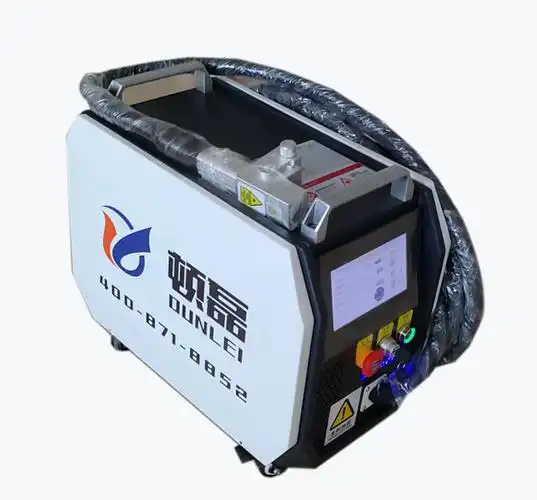
5. Maintenance and Operator Practices
Proper maintenance is critical for maximizing runtime. I’ve learned this the hard way—neglect the machine, and it’ll let you down when you need it most. Regular tasks like cleaning the optics, checking the cooling system, and inspecting electrical components can prevent unexpected shutdowns. For example, a client once ignored a clogged water filter in their 2000W laser, and it cut their runtime from 8 hours to just 3 hours before overheating.
Operator habits also matter. Running the laser at maximum power for extended periods without breaks can strain the system. I always advise my clients to follow the manufacturer’s guidelines on duty cycles—the recommended balance of operation and rest. For instance, a 1000W pulsed laser might have a duty cycle of 80%, meaning it can run for 48 minutes per hour before needing a 12-minute break.
Typical Continuous Operation Times
To give you a clearer picture, here’s a table summarizing typical continuous operation times for different types of laser rust removal machines, based on my experience and industry standards:
|
Laser Type |
Power Range |
Cooling System |
Continuous Operation Time |
|---|---|---|---|
|
Pulsed Laser |
20-500W |
Air-Cooled |
2-4 hours |
|
Pulsed Laser |
50-1000W |
Water-Cooled |
4-8 hours |
|
Continuous Wave (CW) |
1000-3000W |
Water-Cooled |
8-12 hours |
|
High-Power CW |
3000-6000W |
Water-Cooled |
10-16 hours (with breaks) |
Note: These times assume proper maintenance, optimal environmental conditions, and adherence to duty cycles. Actual performance may vary based on specific models and usage.
Real-World Examples from My Experience
To bring this to life, let me share a couple of stories from my time in the field. In a shipyard project, we used a 2000W CW laser to clean rust from steel hulls. With a water-cooled system and a dust extractor, it ran for 12 hours daily over a week, with short breaks every 4 hours to check the optics and cooling fluid. The machine performed flawlessly, saving the client weeks compared to sandblasting.
Contrast that with a smaller restoration shop using a 100W pulsed laser for vintage car parts. It was air-cooled and could only handle 2-3 hours of continuous use before needing a 30-minute cooldown. The shop owner learned to schedule tasks in shorter bursts to avoid interruptions, which worked well for their smaller-scale projects.
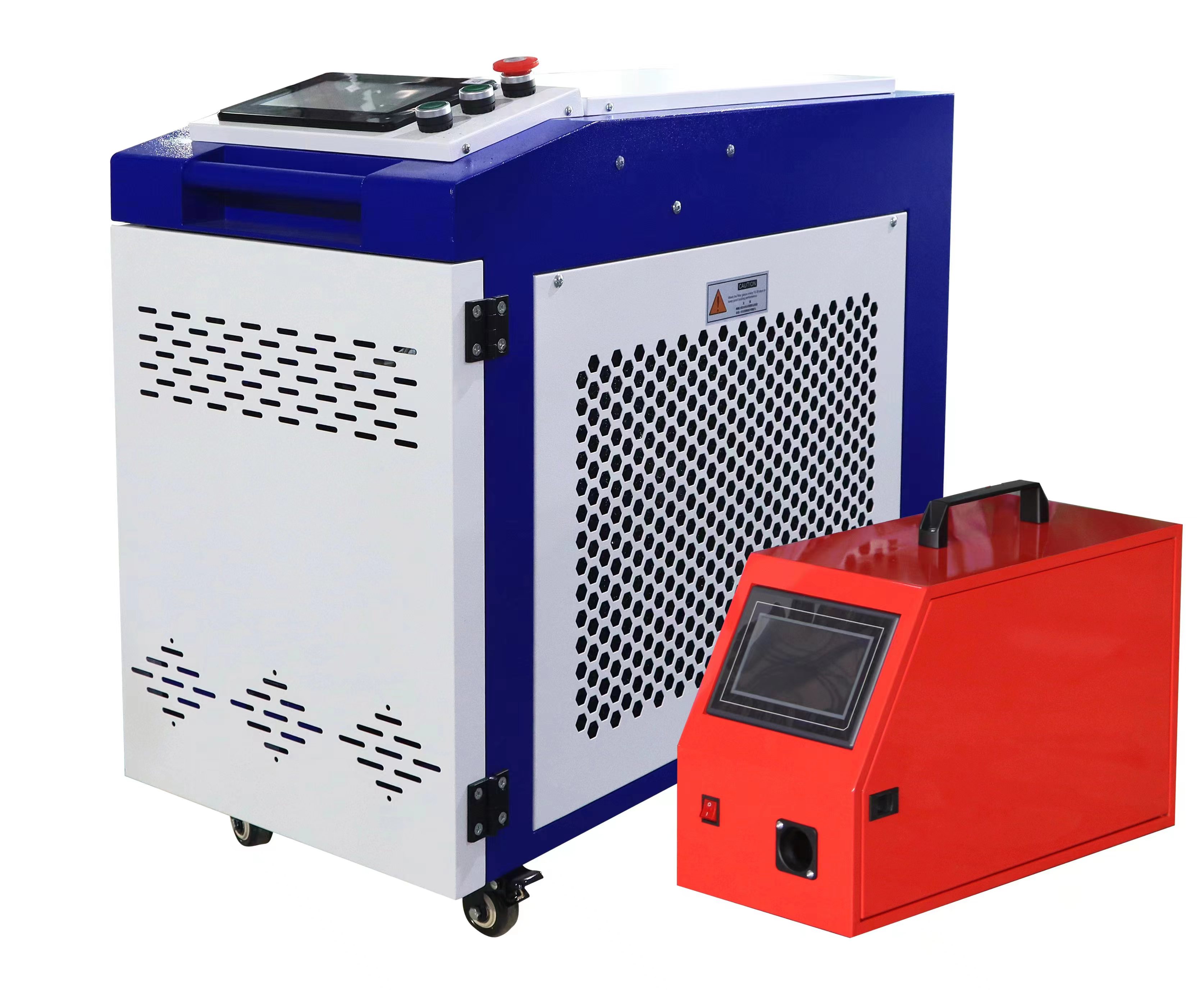
Maximizing Continuous Operation
If you want your laser rust removal machine to run as long as possible, here are some tips I’ve picked up over the years:
Invest in a Robust Cooling System: For heavy-duty use, choose a water-cooled model with a built-in chiller. Check the water tank and pump regularly to ensure they’re functioning properly.
Use a Dust Extraction System: Rust vaporization creates dust that can clog optics and air filters. A vacuum system, like those offered by Laserax, keeps the machine clean and extends runtime.
Follow Duty Cycle Guidelines: Don’t push the machine beyond its recommended limits. For pulsed lasers, stick to the specified duty cycle to avoid overheating.
Maintain Regularly: Clean the optics, check for wear on lenses, and monitor the cooling system. I recommend a weekly inspection for high-use machines.
Optimize the Environment: Operate in a well-ventilated, climate-controlled space to reduce thermal stress. Avoid humid or dusty conditions that could affect performance.
Adjust Laser Settings: For lighter rust, use lower power settings to reduce heat buildup and extend runtime. Save high-power settings for stubborn corrosion.
Challenges and Limitations
No machine is perfect, and laser rust removal systems have their limits. High initial costs—ranging from $6,000 for a basic 1500W handheld model to $120,000 for an industrial pulsed laser—can be a barrier for small businesses. Heat management is another challenge; even with water-cooling, running a high-power CW laser for 12+ hours without breaks can strain components like the laser source or optics.
Operator training is also critical. I’ve seen untrained staff misuse machines, cranking the power too high and causing premature wear or shutdowns. Finally, material compatibility matters. While lasers work great on steel or iron, highly reflective metals like aluminum or copper may require specialized settings, which can affect runtime if not properly managed.
Safety Considerations for Long-Term Use
Running a laser rust removal machine for extended periods comes with safety concerns. The high-intensity beam can cause eye damage or skin burns if not handled properly. Always wear safety goggles rated for the laser’s wavelength and ensure operators are trained. In one factory I worked with, we installed protective enclosures and automatic shut-off systems, which allowed the machine to run safely for 10-hour shifts.
The process also generates vaporized rust particles, which can be hazardous if inhaled. A dust extraction system is non-negotiable for continuous operation, especially in enclosed spaces. I’ve seen shops skip this step to cut costs, only to face health risks and reduced machine lifespan due to dust buildup.
The Future of Laser Rust Removal
Looking ahead, laser rust removal technology is only getting better. Manufacturers are developing more efficient cooling systems and higher-power lasers that can run longer with less maintenance. For example, Blue Elephant’s 3-in-1 machines, which combine rust removal, cutting, and welding, are pushing the boundaries of versatility. As costs come down—some predict hobbyist-grade machines could hit the market for under $5,000 in a few years—continuous operation times are likely to improve, making these tools even more accessible.
Government incentives, like those for energy-efficient technologies, are also encouraging adoption. In the U.S., programs under the Inflation Reduction Act offer rebates for upgrading to eco-friendly equipment, which could offset the cost of a laser cleaner for small businesses.
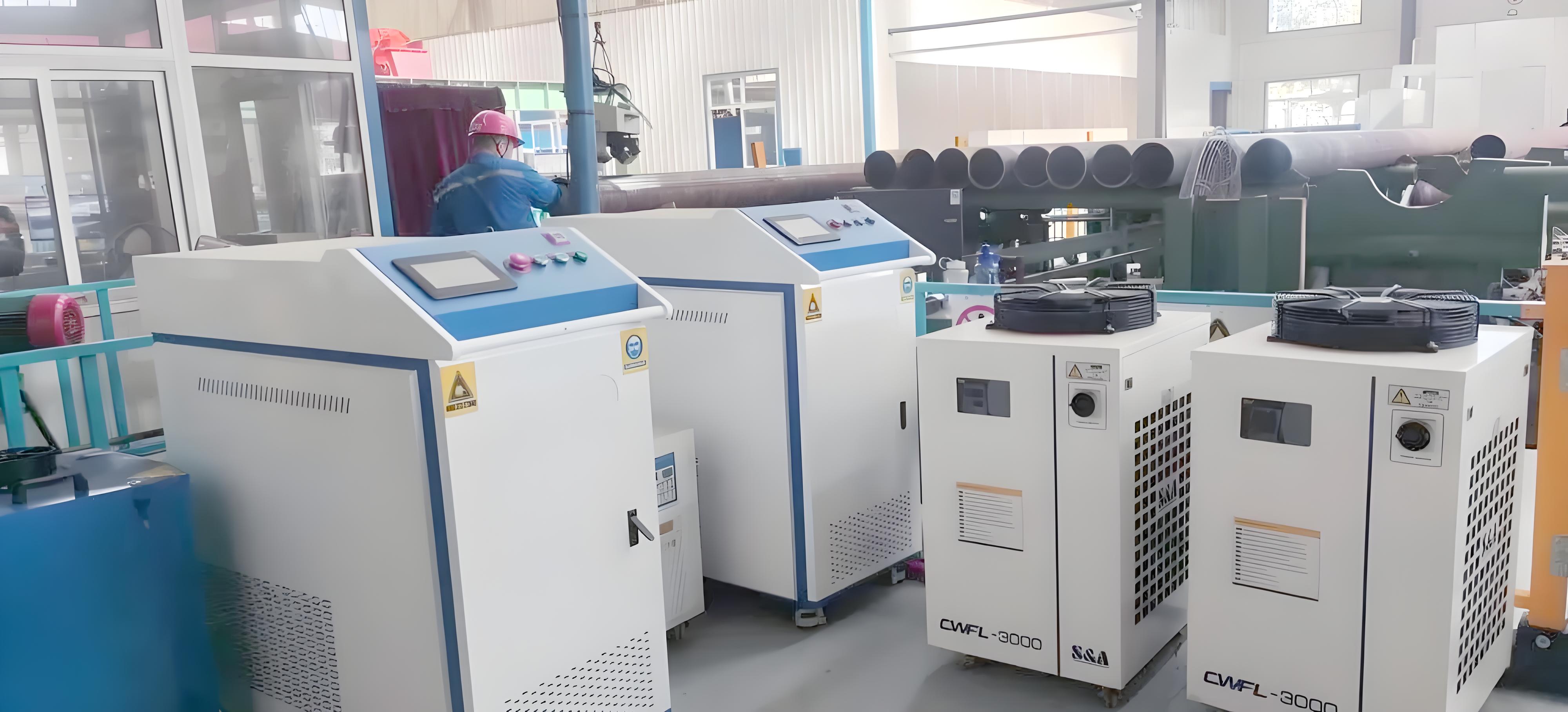
Final Thoughts
As someone who’s seen laser rust removal machines transform workflows, I can tell you they’re a game-changer when used right. Most water-cooled, high-power CW lasers can run for 8-12 hours continuously, while pulsed lasers typically manage 2-8 hours, depending on the cooling system and workload. By investing in proper maintenance, a good dust extraction system, and operator training, you can push these machines to their limits without compromising safety or performance.
Whether you’re restoring a classic car or maintaining industrial equipment, understanding your machine’s capabilities and limits is key. Take the time to choose the right model, optimize your setup, and follow best practices, and you’ll have a tool that delivers clean, rust-free results hour after hour. If you’re on the fence about investing, reach out to a supplier for a demo—I’ve seen firsthand how a few minutes with a laser cleaner can convince even the biggest skeptics.
Frequently Asked Questions
Q: Can a laser rust removal machine run 24/7?
A: Most machines aren’t designed for 24/7 operation without breaks. High-power CW lasers with water-cooling can run for 8-12 hours continuously, but you’ll need periodic breaks (15-30 minutes every 4-6 hours) to check optics and cooling systems. For round-the-clock use, consider automated systems with multiple units to alternate.
Q: How do I know if my laser is overheating?
A: Most modern machines have sensors that trigger warnings or automatic shut-offs if temperatures get too high. Watch for signs like reduced cleaning efficiency, unusual noises, or error codes on the display. Regular cooling system maintenance prevents overheating.
Q: Does the type of rust affect continuous runtime?
A: Yes. Light surface rust requires less power and generates less heat, allowing longer runtimes. Heavy corrosion or thick coatings demands higher power, which can shorten continuous operation due to increased heat buildup.
Q: Are portable laser rust removal machines less durable for continuous use?
A: Portable models, often air-cooled, are designed for shorter sessions (2-4 hours). They’re great for flexibility but less suited for non-stop industrial use compared to water-cooled, stationary units.
Q: What happens if I run the machine too long?
A: Overrunning can overheat the laser source or optics, leading to reduced performance, component damage, or automatic shutdowns. Follow the manufacturer’s duty cycle guidelines and maintain the cooling system to avoid issues.

